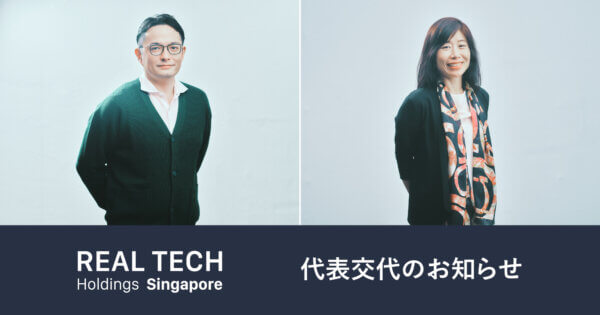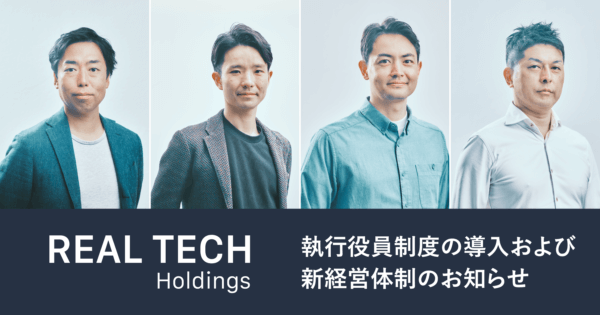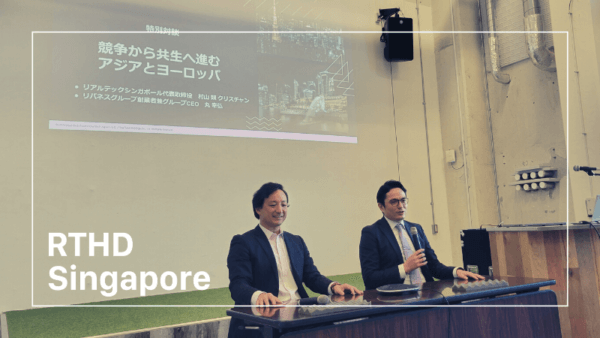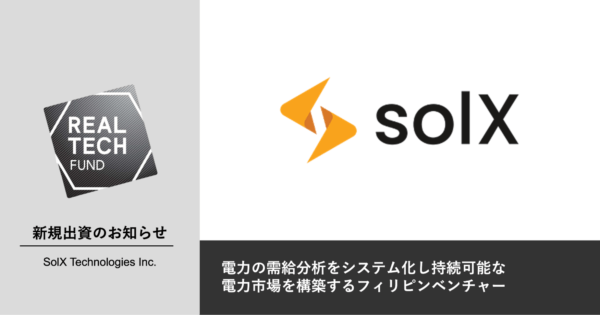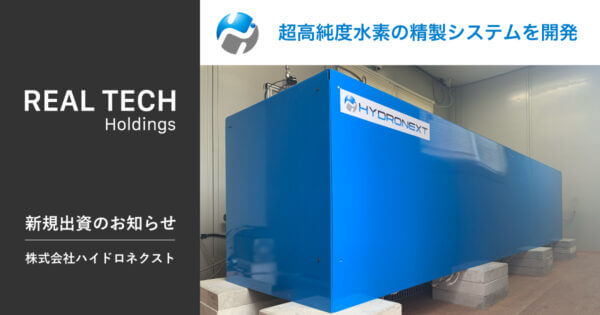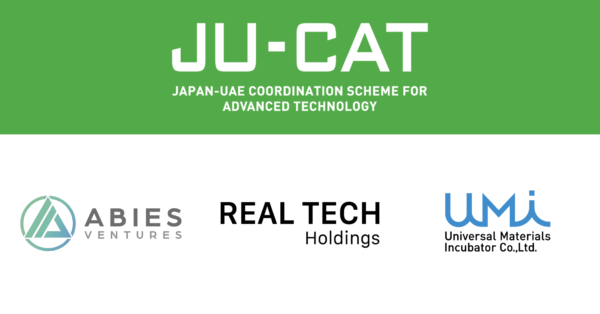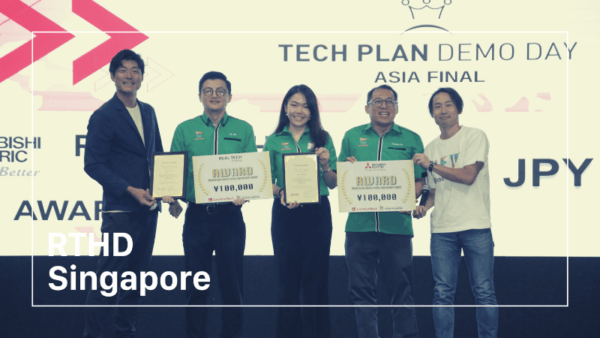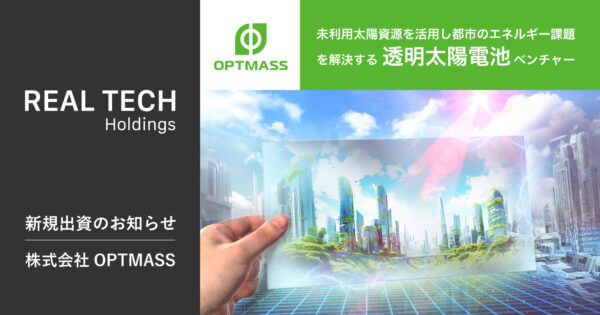Opening the Future of Medical Innovation with “Ghost Cytometry” Cell Sorting-Startup Interview #009

Thinkcyte Corporation is developing a novel cell analysis system that integrates ghost imaging, fluidics, and machine learning to enable accurate and high throughput cell sorting. Through their technology, they aim to revolutionize the possibilities of cell sorting technologies for innovation in therapeutic and medical diagnostic technologies.
Mr. Kazuichiro Katsuda, President and Representative Director of Thinkcyte Corporation, Mr. Yusuke Shinozawa and Mr. Fumiharu Muroga, Growth Managers of the Real Tech Fund, discusses the application of Thinkcyte’s technology to innovative therapeutic and medical diagnostic technologies.
| <プロフィール> Waichiro KatsudaPresident and Representative Director, Thinkcyte Inc. After graduating from University of Tokyo, Mr. Katsuda worked for Acumen Biopharma in business development and corporate planning of pharmaceuticals and medical devices in Japan and the United States. In 2016, he co-founded Thinkcyte Inc. with Teisei Ota (Associate Professor at Research Center for Advanced Science and Technology, The University of Tokyo) and Yoshio Ota (Associate Professor at the University of Tokyo’s Research Center for Advanced Science and Technology) in 2016. [Company website] https://thinkcyte.com/ |
Development: Game-Changing Technology
–First of all, please tell us about the technology that forms the foundation of your business, “Ghost Cytometry”.
Katsuda: In a nutshell, it is a technology that analyzes image information of cells “without looking at the image.
Shinozawa: The performance of cell sorting technologies depends on two metrics; the number of cell analysed in a given amount of time and the quality of the acquired information. In conventional cell analysis, there is a trade-off between quantity and quality. If one tries to observe a large number of cells in a given time, there is a limit to the amount of information that can be obtained. Conversely, increasing the quantity of information limits the number of cells that can be observed in a given time. Ghost cytometry (*1) is a technology that resolves this trade-off, which is precisely due to its ability to analyse image information of cells without looking at the image.
— Isn’t it impossible to analyze an image without seeing the image?
Katsuda: The unique point of this ghost cytometry technology is that it directly links high-speed imaging measurement technology with machine learning (AI). In order to acquire image information from cells at high speed, the measurements are compressed, and because AI is utilized to process the information, it eliminates the need for human analysis which is the reason for the high throughput of Thinkcyte’s method. On top of the AI and high-speed imaging, advanced microfluidics technology is also integrated (*2).
Shinozawa: Even though I have research experience in agriculture, when I first heard about analyzing cells “without looking at them” I had no idea what they were talking about. I soon realized that it was truly a game-changing technology that would fundamentally change the way research is conducted. However, when you and Ota-san first came to me, you didn’t even have a company name yet, did you?
Katsuda: Originally Ota-san came to me, and we started working on a business plan together to launch the project. It just so happened that our advisors for the grant we received from NEDO were Maru-san and Shinozawa-san from Leave a Nest. I certainly did not have the name of the company in mind at that time.
| *1: Ghost cytometry Using a dynamic imaging method, morphological information of the cell is measured as compressed optical signals, and the data is analyzed real-time at ultra-high speed by machine learning which enables selective and fast separation of target cells. Click here for related published papers. *2: Microfluidics technology A technology to generate nanometer- to micron-scale flow paths on a substrate made of highly transparent materials such as glass, where fluids can be manipulated and observed. |
Inception: Giving back to society through technology
–Thincyte’s technology was built through the collaboration of researchers from University of Tokyo, Osaka University, and other institutions. In that aspect as well I see a difference from the conventional framework.
Katsuda: Ghost cytometry is a technology developed by a group of researchers from University of Tokyo and Osaka University, including co-founder Ota. Ota has an expansive network within academia and he had a great interest in interdisciplinary and application-based research. The start of our research initially came from a need from a biotechnology researcher, where they wanted to analyze and separate cells as quickly and accurately as possible, on a single-cell basis using image processing technologies.
To develop a technology to meet this need, we first developed the idea with Dr. Ryoichi Horisaki of Osaka University who specializes in the field of optical imaging (currently he’s Associate Professor at the University of Tokyo, Graduate School of Information Science and Technology), and we realized that machine learning was essential for the accurate and quick processing of the acquired image information. We also met Professor Issei Sato of the University of Tokyo (currently Associate Professor at the Graduate School of Information Science and Technology, the University of Tokyo), who specializes in machine learning. Both of them are also involved as co-founders of our company, and we were able to develop this product with the cooperation of researchers in various other fields, including medicine and engineering.
Muroga: You yourself started your research in the microfluidics field, didn’t you? From there, you went to study in the U.S. and conducted your Ph.D research in the field of optical physics. Because you yourself was a researcher oriented toward multiple fields, I believe that enabled you to bring together and collaborate with researchers in various fields.
Shinozawa: What I strongly feel when talking with Ota-san is his strong motivation to achieve his goals. If a certain technology is necessary to achieve a goal, he will work to incorporate it regardless of the field. I imagine it must have been difficult for you to communicate with them, when Ota-san was pulling together various researchers in this manner.
Katsuda: To be honest, I am no researcher, and it was certainly difficult for me to understand ghost cytometry which combines cutting-edge research in different fields, and to think about the direction of its commercialization. However, Ota and I have been friends since our university days, and have always had a good relationship. I also had a strong desire to use this technology to realize new diagnoses and treatments that were previously impossible. By attracting attracting outstanding talents who were indispensable for the realization of social implementation, we were able to accelerate our research and development.
–I heard that there are many researchers at Thinkcyte Inc. I imagine it must be difficult to organize such a group of unique members.
Katsuda: While I had expertise in business promotion and organizational management from being involved in business development and corporate planning for a biotech company, I have never had experience in managing a group of researchers with unique and pronounced ideologies, so I was a little worried whether I’d be able to manage them well, but my fears were completely unfounded. Everyone was eager to collaborate because they believed that in order to make use of research results for the benefit of society, it was necessary to combine various fields of research. People who share this value, not only researchers but also engineers and business developers, have now gathered at Thinkcyte.
Shinozawa: We want to contribute to society by bringing our research results to the world. I strongly believe that Thinkcyte is a company that can attract a diverse range of people with that kind of ambition. Whilst pursuing our research, we are also working to utilize the results of our research in the world – Thinkcyte has the ability to promote the implementation of cutting-edge technologies in society with both research and business.
Advancement: Recognition of the technology’s social value
–You’ve been conducting large-scale fundraising since 2020.
Katsuda: From the beginning, we recognized that the promotion of our business in the U.S. was paramount as the world’s largest market in the field of our technology. We believe that the companies that cooperated with our fundraising efforts did so based on their evaluation of our ghost cytometry as well as the fact that we are targeting a global market centered around the US.
Shinozawa: I sense that there is a growing awareness that ghost cytometry is an essential technology for cell-related treatment and research. It is a fundamental technology that is necessary for solving issues in drug discovery and medical diagnosis, and the fact that we can continue to partner with major companies is probably due because our technology is highly regarded for its reliability.
–Your joint development with Hitachi was announced in July 2020.
Katsuda: We are working with Hitachi, Ltd. on the joint development of cell analysis and separation systems. Our aim is to incorporate our technology into the value chain of regenerative medicine that Hitachi has established, to improve the quality of regenerative and cellular medicines and to reduce manufacturing costs.
Muroga: Wasn’t it difficult to come to an alliance agreement with such a large company such as Hitachi?
Katsuda: It took time to build a relationship. We started with presentations and introductions at academic conferences, accumulated data and results, and through this process developed Hitachi’s trust in our technology and team. That’s when things start to move.
–And in 2021, you announced a joint development project with Sysmex.
Katsuda: Based on the results of our previous joint research with Sysmex, we are now in full swing to promote the joint development of a new, world-leading AI-based cell analysis technology. The aim is to commercialize cell analysis devices and testing methods in the field of in-vitro diagnostics that utilize ghost cytometry technology.
Shinozawa: The development of interdisciplinary technologies requires talents from various fields. In the case of Thinkcyte, specialists in different fields work as one team and actively communicate with each other to promote R&D. I think this is one of the points highly valued by major companies.
Leapfrog: Making the world a better place through research
–What are your plans for future development?
Katsuda: We will start with research applications, but in the mid- to long-term, we plan to further expand our medical devices incorporating ghost cytometry and joint research in the fields of drug discovery and diagnosis. In terms of regions, we plan to start with the U.S. and Japan, followed by Europe and China, and then global expansion into other countries and regions.
Muroga: The fact that your website is basically in English and how you’ve established an office in the U.S. is a clear reflection of your global outlook. If we think in terms of therapeutic and research applications, it seems that research applications will take the lead. I hear that there are companies besides the publicly announced companies such as Hitachi and Sysmex, that Thinkcyte is doing joint research with.
Katsuda: For this reason, we have been promoting local hires in the U.S. since 2021 and have been working to develop a strong foundation within the U.S. Since we have made progress in resolving the main issues in product development, we believe that sales and marketing activities will become more important in the future to spread awareness of our technologies and products and to make their utilization widely known.
–What kind of talents do you need now in light of your global expansion?
Katsuda: I think that people who have expertise but are also curious and interested in other fields are a good match for Thinkcyte’s culture. For example, someone who has expertise in one field, such as machine learning, biology, or hardware technologies, but also has an interest in other fields. Naturally, we do not mean someone who possess all of these knowledge, but someone who can understand other areas while keeping his or her focus somewhere else. Since we will be working as a team, communication skills are also necessary.
Shinozawa: I think it is also essential to have an attitude of wanting to help the world as a fundamental orientation. I also notice that many of your current staff has a Ph.D.
Katsuda Yes, generally about one-third of our employees have a Ph.Ds, and as the company expands in size, we have specialists in various fields such as business development, intellectual property, human resources, accounting and finance, etc. However, as Mr. Shinozawa said, what we are looking for most is not necessarily academic qualifications but the desire to contribute to the world by enabling new treatments and diagnosis methods through our technology.
Muroga: From my experience with many startups, I can say that they offer an extremely good work-life balance. This is probably because they have the type of people who can concentrate on producing results in a short period of time.
Katsuda: In the future, we intend to expand the application of ghost cytometry not only for research purposes but also for diagnostic, drug discovery, and therapeutic uses. As long as the target is a cell, it can be used in a wide range of applications. We welcome people who can contribute with new ideas, and can drive the next innovation.
Thinkcyte Inc. is currently recruiting for various positions.
For more information, please visit
(https://hrmos.co/pages/thinkcyte/jobs)
Composition (interview): Atsumi Takebayashi

